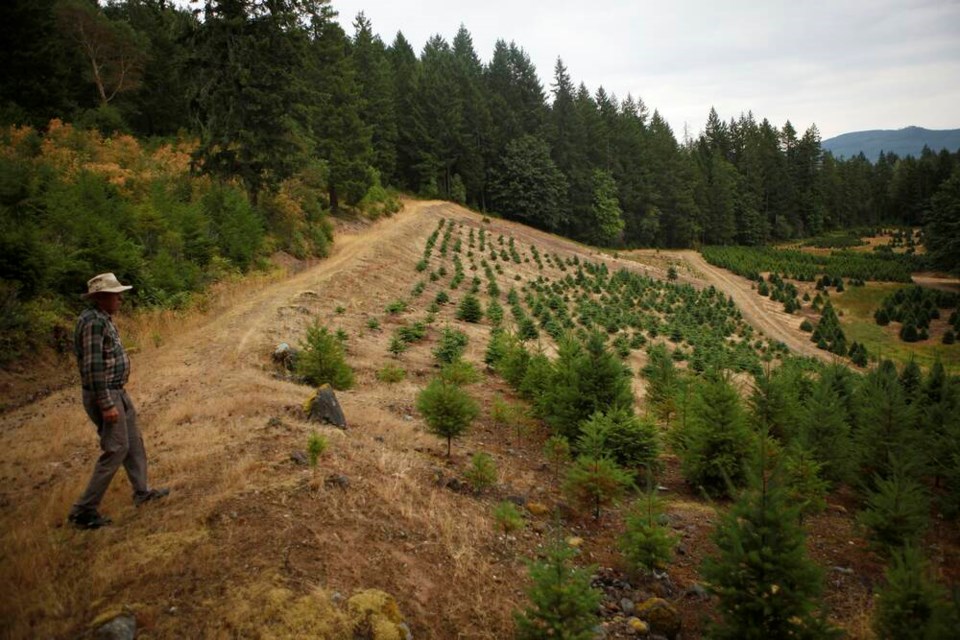The B.C. Coroners Service has issued a report criticizing public agencies for their inadequate response to last summer’s heat dome crisis.
A heat dome, or extreme heat event, happens when an area of high pressure develops over an already warm region, and traps the heated air below.
Between June 25 and July 1 last year, most of the province experienced record high temperatures, which peaked above 40 C for several days. This led to the heat dome.
During that week, 619 deaths were linked to extreme temperatures.
The coroner’s report contained the following findings:
• Almost all of the deaths (98 per cent) occurred indoors.
• People with compromised immune systems were most at risk.
• Two-thirds of those who died were 70 or older.
• More than half lived alone.
• Most had no adequate cooling system, such as an air conditioner or fan.
• And 74 per cent of the deaths occurred in the Fraser and Vancouver Coastal health regions.
The report goes on to detail the lack of a timely response by government agencies.
“There was a lag between the heat alerts issued by Environment and Climate Change Canada (ECCC), and public agencies and the public response … in 50 instances, paramedics took 30 minutes or longer from time of call to scene attendance. In 17 instances, 911 callers were placed on hold for an extended period of time. In six instances, callers were told that there was no ambulance available at the time of call.”
The problem with over-long wait times for rapid response teams was not confined to the heat dome. Last year there were numerous occasions when ambulance crews were unable to respond in a timely manner.
In one case, a Surrey woman waited two hours for an ambulance that never appeared after her neck was damaged in a vehicle accident. Her family eventually took her to hospital.
While the Ministry of Health responded by hiring more paramedics and adding 22 new vehicles to the ambulance fleet, time will tell if that solves the problem.
However, the larger question is what can be done to prevent yet more deaths if we have a repetition of last year’s high temperatures.
At the coroner’s request, the Ministry of Health, along with health authorities and municipalities, have agreed to draw up a list of residents who are at greatest risk if another heat emergency arises. Home visits will be organized and where needed, support services will be provided.
Consideration will be given to adding cooling devices to the list of medically insured equipment.
The Home Renovation Rebate Program will be extended to cover the installation of cooling devices.
And a heat preparedness guide will be drawn up that offers advice in the event of more extreme heat conditions in the future.
These are all important steps, but they touch only lightly on an underlying reality. As the coroner points out, many of the deaths occurred in regions of the province with substandard housing and materially deprived neighbourhoods.
Rural Indigenous reserves too often suffer this form of neglect. That is an issue the federal government must address.
But more broadly, it is shocking that residents of one of the richest countries on Earth cannot afford such a simple device as a fan.
It is shocking that Vancouver, one of the wealthiest cities in Canada, had one of the highest death rates in the province.
It is shocking that people on specific chronic disease registries nevertheless died in their homes without help.
Poverty is, of course, a root cause. So is unaffordable housing.
But what we are seeing here is the comprehensive failure of social policy efforts to combat long-standing ills.
That is the lesson all three levels of government must take away from this ordeal. This was not a weather event. Those who died were not killed by heat.
The 619 deaths our province suffered were due to unacceptable levels of want and deprivation that no modern society should tolerate.
• To comment on this article, write a letter to the editor: [email protected]



